Whipped cream, with its cloud-like texture and rich flavor, adds a touch of indulgence to desserts, beverages, and even certain appetizers. A timeless and versatile culinary delight that effortlessly elevates both sweet and savory dishes. Crafted by whipping heavy cream until it forms soft peaks, this velvety creation strikes the perfect balance between lightness and creaminess. Whipped cream serves as a blank canvas, ready to be infused with flavors, adorned with toppings, or simply savored in its purest form. Whether gracefully adorning a slice of pie, topping off a steaming cup of hot cocoa, or lending an airy contrast to a fruity dessert, whipped cream offers a delightful and satisfying experience that’s both elegant and comforting. Its ability to transform dishes and create moments of sheer culinary joy makes it a beloved companion in kitchens around the world.
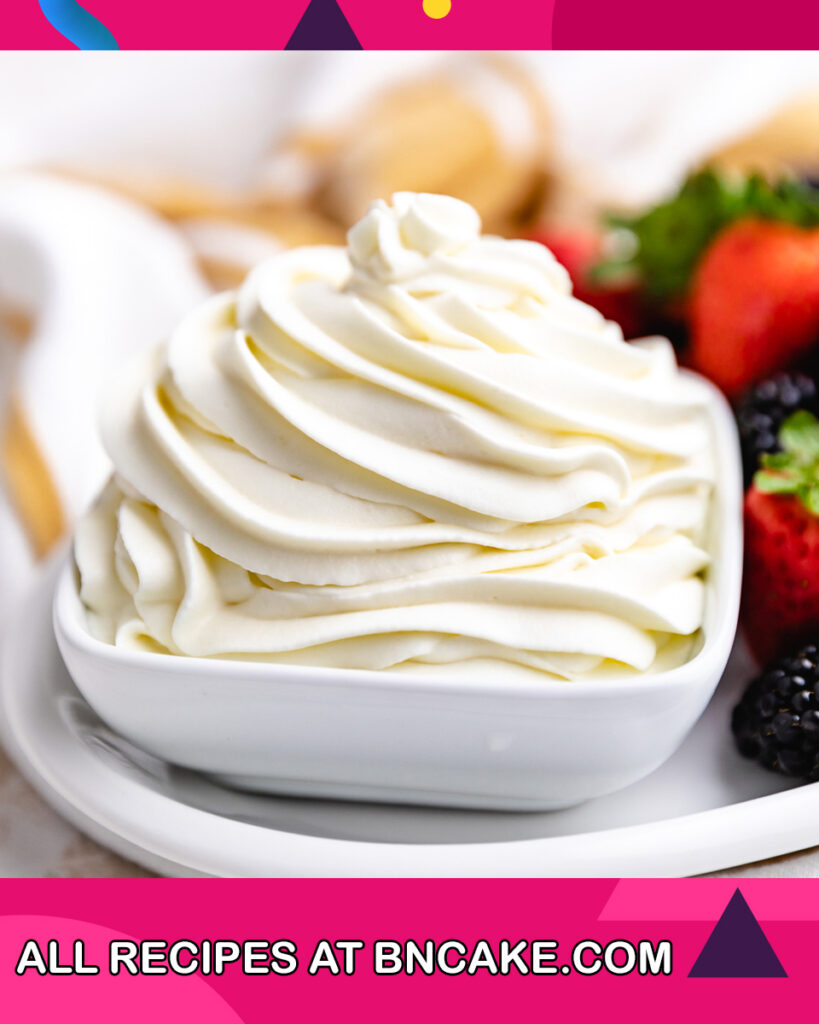
What Is Whipped Cream?
Whipped cream is a light and airy topping made by beating heavy cream until it thickens and increases in volume. It’s a popular and versatile culinary element used to add a creamy and luxurious touch to a wide range of desserts, beverages, and dishes. The process of whipping introduces air into the cream, creating a fluffy texture that’s both delightful to taste and visually appealing.
Whipped cream can be enjoyed in various ways:
- Dessert Topping: Whipped cream is commonly used to crown desserts like pies, cakes, cupcakes, and puddings. Its smooth and creamy texture provides a pleasant contrast to the often rich and sweet flavors of desserts.
- Beverage Enhancer: It’s a classic addition to hot beverages like coffee, hot chocolate, and even cocktails, providing a creamy and indulgent layer.
- Fruit and Parfaits: Whipped cream pairs beautifully with fresh fruits, berries, and layered parfaits, adding a light and delectable element to the presentation.
- Ice Cream Sundaes: Top ice cream sundaes with whipped cream for an extra layer of flavor and texture.
- Shortcakes: Whipped cream is a staple on strawberry shortcakes and other fruit-based desserts.
- Mousses and Puddings: It can be folded into mousses, puddings, and other creamy desserts to enhance their texture and taste.
- Waffles and Pancakes: Serve with breakfast favorites like waffles and pancakes, providing a creamy contrast to their warmth and sweetness.
- Savory Dishes: In some culinary traditions, lightly sweetened whipped cream is used to add a touch of richness to savory dishes like soups or appetizers.
Whipped cream can be prepared simply with just heavy cream and a sweetener like powdered sugar, or it can be flavored with extracts, liqueurs, or spices to suit different recipes. It’s often freshly whipped just before serving to maintain its airy texture and optimal flavor.
Overall, whipped cream is a delightful culinary component that enhances a wide array of dishes with its airy, creamy, and delectable attributes.
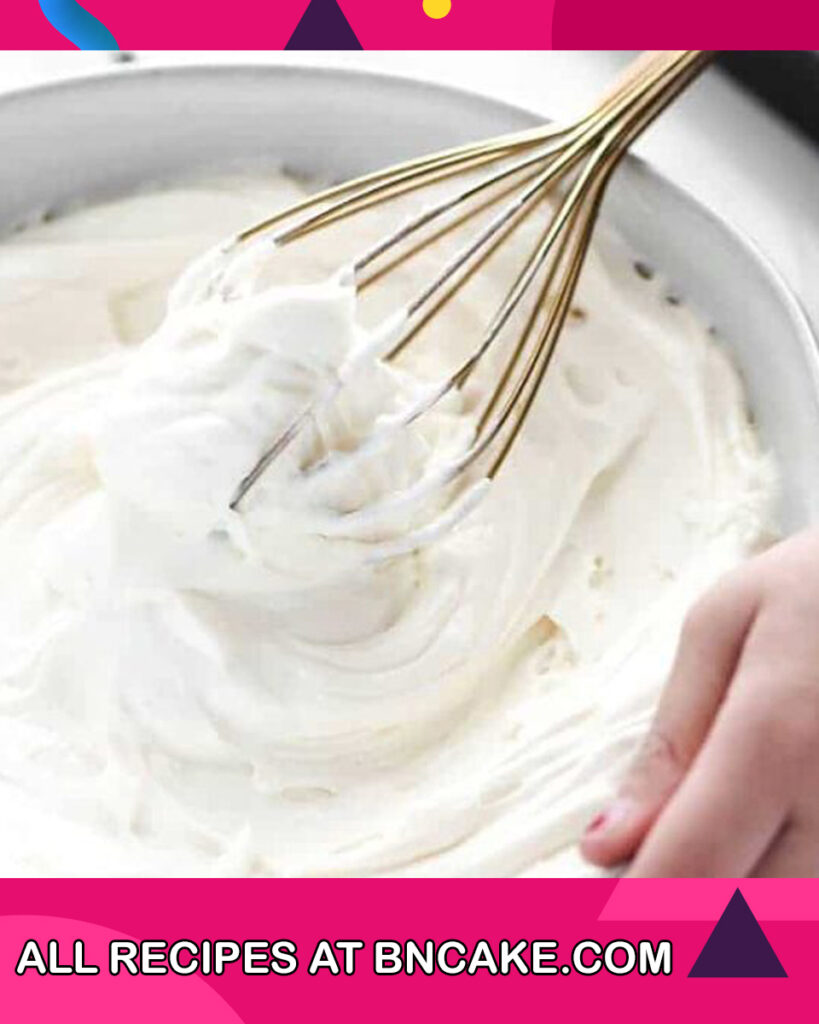
Why You Will Love Whipped Cream Recipe?
Here are several compelling reasons why you will absolutely love having a reliable Whipped Cream Recipe in your culinary repertoire:
- Quick and Easy Elegance: With just a few ingredients and a short amount of time, you can transform plain heavy cream into a luxurious and airy whipped cream that adds elegance to your desserts and beverages.
- Customizable Creations: By making your own whipped cream, you have complete control over the level of sweetness and any added flavors. You can create variations by incorporating vanilla extract, chocolate, citrus zest, or even a hint of your favorite liqueur.
- Freshness and Purity: Creating whipped cream at home ensures that you’re using fresh and natural ingredients without any artificial additives or preservatives that store-bought versions might contain.
- Texture Magic: The soft, billowy peaks of homemade whipped cream effortlessly elevate the texture of your desserts. Its lightness contrasts wonderfully with the richness of cakes, pies, and puddings.
- Enhanced Beverages: From steaming mugs of cocoa to iced coffees and cocktails, a dollop of whipped cream adds a delightful creaminess that takes your beverage experience to the next level.
- Impressive Presentations: A dollop or swirl of freshly whipped cream on top of desserts instantly makes them more visually appealing, turning simple treats into eye-catching creations.
- Versatile Accompaniment: Whipped cream is an incredibly versatile accompaniment. It can dress up classics like apple pie or stand on its own, adding a touch of luxury to fresh berries or a spoonful of pudding.
- Homey Comfort: There’s a certain comforting nostalgia associated with whipped cream—reminiscent of childhood treats and cozy gatherings—that can make any moment feel special.
- Entertaining Made Easy: Preparing whipped cream on demand lets you effortlessly impress guests with restaurant-quality finishing touches on your homemade desserts, making entertaining a breeze.
- Shareable Pleasure: Offering a bowl of whipped cream alongside a dessert spread encourages guests to personalize their treats, turning each bite into a unique experience.
- Cooking Adventure: Making whipped cream is a simple yet satisfying culinary adventure that can be enjoyed by novice and experienced cooks alike.
- Instant Gratification: The joy of transforming liquid cream into a cloud-like masterpiece in mere minutes is a gratifying experience that’s hard to resist.
Whether you’re an aspiring home chef, a dedicated dessert enthusiast, or someone who enjoys the small pleasures in life, mastering the art of making whipped cream will undoubtedly add a delightful layer of magic to your culinary endeavors.
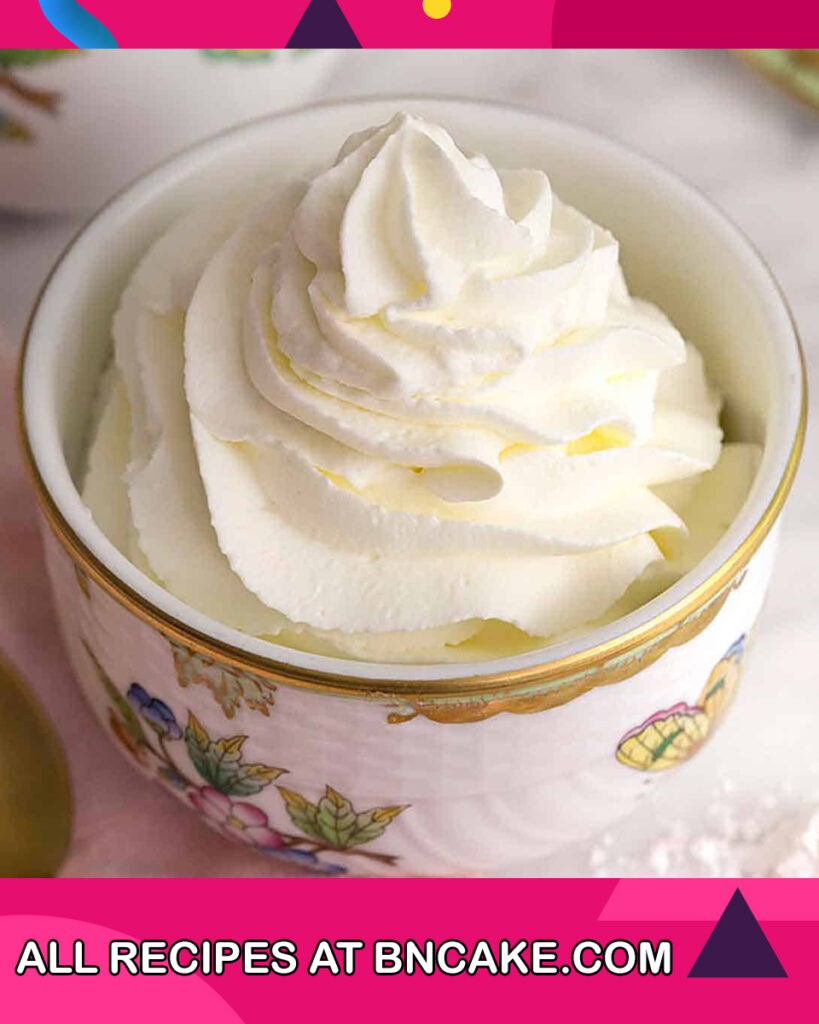
Ingredients For Whipped Cream
- 1 cup heavy whipping cream (cold)
- 2-3 tablespoons powdered sugar (adjust to taste)
- 1 teaspoon vanilla extract (optional)
Note: These quantities yield approximately 2 cups of whipped cream, but you can adjust the amounts based on your preferences and the number of servings you need.
Equipment:
- Electric mixer (handheld or stand mixer)
- Mixing bowl
- Chilled beaters or whisk attachment (if using an electric mixer)
- Chilled mixing bowl (if whipping by hand)
How To Make Whipped Cream
- Chill Equipment: Place the mixing bowl, beaters or whisk attachment, and heavy whipping cream in the refrigerator for at least 15-30 minutes before whipping. Cold equipment helps the cream whip more effectively.
- Whip the Cream:
- If using an electric mixer, attach the chilled whisk or beaters and set the mixer to medium speed.
- Start by beating the heavy cream on low speed to avoid splattering.
- Gradually increase the speed to medium-high as the cream thickens.
- Add Sweetener and Flavor:
- Once the cream starts to thicken, add the powdered sugar. Start with 2 tablespoons and adjust according to your desired level of sweetness.
- If using vanilla extract, add it at this stage for a subtle flavor enhancement.
- Continue Beating:
- Continue whipping the cream until it reaches soft to medium peaks. Soft peaks hold their shape but gently fold over when the beaters are lifted.
- Check Consistency:
- Be careful not to overwhip. The cream should be smooth, with a consistency resembling melted ice cream.
- Serve or Store:
- Serve the whipped cream immediately as a delightful topping for your favorite desserts or beverages.
- If not serving immediately, store the whipped cream in an airtight container in the refrigerator. It’s best enjoyed within a few hours of whipping, but it can be kept for up to 24 hours.
Tips:
- Use powdered sugar instead of granulated sugar for a smoother texture and to prevent graininess.
- Keep a close eye on the whipping process to avoid overwhipping, as overwhipped cream can become butter-like in texture.
- You can adjust the sweetness and flavor by varying the amounts of powdered sugar and vanilla extract.
- Experiment with different flavors like almond extract, citrus zest, or even a touch of cinnamon for unique variations.
- If you’re whipping by hand, use a large chilled mixing bowl and a chilled whisk. This method takes more effort but can yield great results.
Enjoy the process of whipping cream to perfection and relish the luxurious and creamy addition it brings to your favorite culinary creations!

How To Serve Whipped Cream
Serving whipped cream is a delightful and versatile affair. It can elevate a variety of desserts, beverages, and even certain savory dishes. Here are some wonderful ways to serve whipped cream:
- Dessert Toppings: Spoon a dollop of whipped cream onto your favorite desserts to add a touch of elegance and indulgence. It pairs beautifully with pies, cakes, tarts, and puddings.
- Hot Beverages: Add a swirl of whipped cream to hot beverages like coffee, hot chocolate, or chai latte. It not only provides a creamy texture but also helps balance the heat of the drink.
- Cold Beverages: Float whipped cream on top of iced coffee, iced tea, or milkshakes. The contrast between the cold beverage and the airy cream is delightful.
- Fruit Creations: Top fresh fruits, berries, or fruit salads with whipped cream for a burst of flavor and texture contrast.
- Waffles and Pancakes: Serve whipped cream alongside warm waffles, pancakes, or French toast to create a delicious breakfast experience.
- Dessert Cups: Layer whipped cream between slices of cake or cookies to create enticing dessert cups or parfaits.
- Dessert Shots: Present dessert shooters with a swirl of whipped cream on top, adding a visual appeal to small indulgent treats.
- Dessert Drizzles: Drizzle chocolate sauce, caramel, or fruit compote over whipped cream-topped desserts for an artistic touch.
- Fancy Dessert Plating: Use a piping bag to create intricate designs with whipped cream, enhancing the presentation of your desserts.
- Dessert Bars: Set up a dessert bar with various toppings, including whipped cream, for guests to customize their treats.
- Soups and Savory Dishes: In certain culinary traditions, lightly sweetened whipped cream is used to garnish soups, adding a delightful contrast to the savory flavors.
- Holiday and Special Occasions: For festive occasions, serve whipped cream on desserts like pumpkin pie during Thanksgiving or on a yule log cake during Christmas.
- Cocktail Floats: Add a dollop of whipped cream to cocktails like Irish coffee or adult milkshakes for a luxurious finish.
- Sundaes and Cones: Create impressive ice cream sundaes by crowning them with whipped cream, nuts, sprinkles, and a cherry.
- Chilled Desserts: Top chilled treats like cheesecakes, panna cottas, or mousse with a generous swirl of whipped cream.
When serving whipped cream, you can choose to keep it plain or add a sprinkle of cocoa powder, grated chocolate, crushed nuts, or a drizzle of flavored syrup to enhance the visual appeal and flavor. The possibilities are endless, and serving whipped cream adds that extra touch of elegance and decadence to your culinary creations.
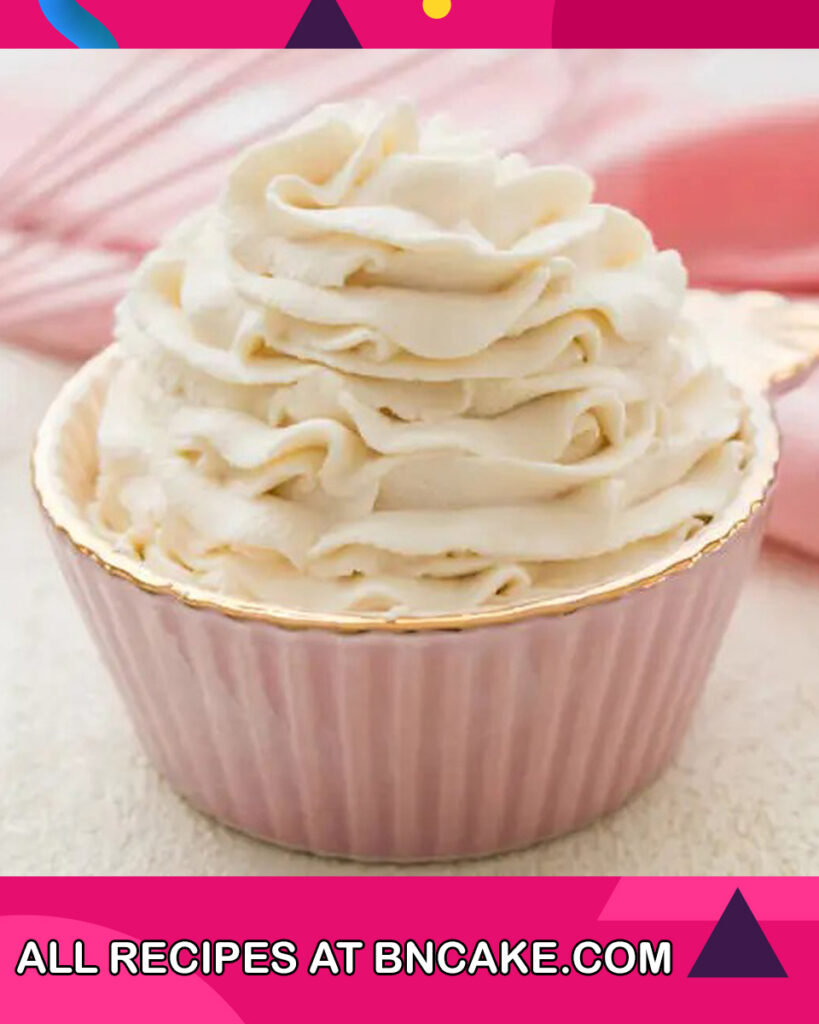
How To Store Whipped Cream
Storing whipped cream properly is important to maintain its texture and freshness. Here’s how you can store whipped cream:
Short-Term Storage:
- Refrigeration: If you’re not using the whipped cream immediately, cover the bowl or container with plastic wrap or an airtight lid. Refrigerate it to keep it chilled and fresh.
- Best within 24 Hours: Whipped cream is best enjoyed within the first 24 hours of preparation. It’s at its lightest and fluffiest during this time.
Longer-Term Storage:
- Freezing: If you have a surplus of whipped cream that you won’t use within a day, you can freeze it for later use. Follow these steps: a. Portioning: Portion the whipped cream into individual servings using an ice cube tray or silicone molds. Alternatively, you can use a piping bag to pipe dollops onto a parchment-lined tray. b. Freezing: Place the tray or molds in the freezer until the whipped cream is frozen solid. This usually takes a few hours. c. Transfer to Bags: Once the whipped cream is frozen, transfer the portions into airtight freezer-safe bags or containers. Label and date them for easy identification.
- Usage: Frozen whipped cream is best used as an addition to hot beverages or desserts. It might lose some of its airy texture after thawing but will still add a creamy element to your creations.
Thawing Frozen Whipped Cream:
- Refrigeration: To thaw frozen whipped cream, transfer the desired portions from the freezer to the refrigerator. Allow them to thaw gradually overnight.
- Usage: Once thawed, you can use the whipped cream to top desserts or beverages. While the texture might not be as airy as freshly whipped cream, it will still provide a creamy and flavorful addition.
Important Tips:
- Avoid Re-Whipping: Once whipped cream has been frozen and thawed, avoid re-whipping it. It may not regain its original texture and could become grainy.
- Use Small Portions: Freezing whipped cream in small portions ensures that you can easily thaw only the amount you need without repeatedly freezing and thawing the entire batch.
- Check Freshness: If you’re unsure whether stored whipped cream is still good, use your senses to assess its freshness. If it smells off or has an unusual texture, it’s best to discard it.
Remember that while freezing whipped cream is a handy way to prevent waste, it’s not exactly the same as freshly whipped cream. It’s always preferable to prepare whipped cream as needed for the best taste and texture.
RELATED RECIPES
- Lemon Curd Whipped Cream
- Stabilized Whipped Cream
- Strawberry Whipped Cream
- Chocolate Whipped Cream
- Cheesecake Whipped Cream
Tips And Tricks For Whipped Cream
Here are some tips and tricks to help you achieve perfect whipped cream every time:
- Cold Equipment: Ensure that the mixing bowl, beaters or whisk, and heavy cream are all thoroughly chilled before you start whipping. This helps the cream whip up faster and hold its shape.
- Choose the Right Cream: Use heavy whipping cream with a high fat content (around 36-40%) for the best results. Lower-fat creams might not whip up as well.
- Avoid Overwhipping: Keep a close eye on the whipping process. Overwhipped cream can become grainy and turn into butter. Stop whipping as soon as you reach soft to medium peaks.
- Gradual Sweetening: Add powdered sugar gradually, tasting as you go. This allows you to achieve the desired level of sweetness without overloading the cream with sugar.
- Flavor Enhancements: Experiment with flavors like vanilla extract, almond extract, citrus zest, or flavored liqueurs to customize the whipped cream to your taste.
- Steady Speed: If using an electric mixer, start whipping the cream on low speed to prevent splattering. Gradually increase the speed as the cream thickens.
- Watch Texture: Whipped cream is ready when it forms soft peaks that hold their shape but gently fold over when the beaters are lifted.
- Prevent Splattering: To avoid cream splattering while whipping, start at a low speed and gradually increase it. Place a clean kitchen towel over the mixing bowl initially.
- Piping Perfection: For beautifully piped designs, use a piping bag and decorative tips. Make sure the whipped cream is not too stiff for piping.
- Serve Immediately or Chill: Whipped cream is best served immediately after whipping. If you need to prepare it in advance, refrigerate it in an airtight container, but be aware that it may lose some of its lightness.
- Firm Peaks for Toppings: For sturdier toppings that hold their shape, whip the cream to firmer peaks before using.
- Use Gel Food Coloring: If you want to add color to your whipped cream, use gel-based food coloring. Liquid coloring might affect the texture.
- Avoid Icing Sugar: Icing sugar (powdered sugar with cornstarch) can sometimes result in a slightly grainy texture. If you’re looking for the smoothest whipped cream, use regular powdered sugar.
- Avoid Over-Flavoring: When using extracts or flavorings, start with a small amount and adjust to taste. Too much flavoring can overpower the delicate creaminess.
- Freshness Matters: Whipped cream is at its best when made fresh. While you can refrigerate leftovers, it might lose some of its fluffiness over time.
Remember, practice makes perfect. As you gain experience, you’ll develop a sense of the ideal texture and consistency for your whipped cream, making it a delightful addition to your culinary creations.
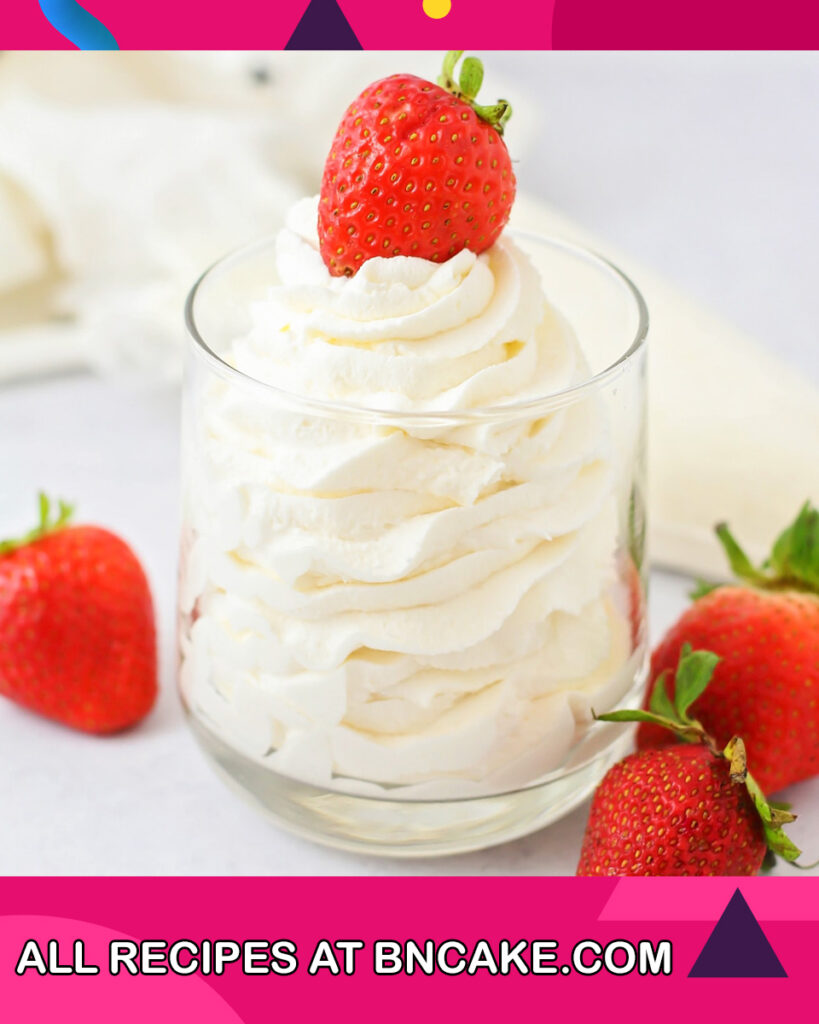
FAQs And Troubleshooting
Certainly! Here are some frequently asked questions and troubleshooting tips for making whipped cream:
Frequently Asked Questions
- Can I use regular sugar instead of powdered sugar?
- Powdered sugar is recommended because it dissolves more easily and contributes to a smoother texture. Granulated sugar might give a slightly grainy texture.
- Can I use whipped cream stabilizers?
- Yes, you can use stabilizers like gelatin or cream of tartar to help whipped cream hold its shape for longer. Follow the manufacturer’s instructions for usage.
- Can I whip cream by hand?
- Yes, you can whip cream by hand using a chilled bowl and whisk. It requires more effort and time compared to using an electric mixer.
- How can I fix overwhipped cream?
- If the cream has turned into butter, there’s no way to reverse it. However, if it’s slightly overwhipped and a bit grainy, you can try gently folding in a bit of unwhipped cream to smooth it out.
- Can I make whipped cream in advance?
- Whipped cream is best enjoyed immediately, but you can refrigerate it for a short period (up to 24 hours). It might lose some of its fluffiness over time.
- Can I freeze whipped cream?
- Yes, you can freeze whipped cream for short-term storage. Freeze small portions in an airtight container and thaw in the refrigerator when needed.
- How do I prevent splattering while whipping?
- Start the mixer on a low speed and gradually increase it. Placing a clean kitchen towel over the bowl at the beginning can also help prevent splatters.
Troubleshooting:
- Grainy Texture: If your whipped cream turns grainy, it could be due to overwhipping or using granulated sugar instead of powdered sugar. Start over with fresh cream and make sure your sugar is powdered.
- Liquid Separation: If your whipped cream is watery and separates, it might have been overwhipped. Gently fold in more unwhipped cream to help stabilize it.
- Flat Whipped Cream: If your whipped cream doesn’t hold its shape, it might be underwhipped. Continue whipping until you reach soft peaks.
- Curdled Appearance: If your whipped cream looks curdled, you may have overwhipped it. Stop immediately and check its texture. If it’s too far gone, you might need to start over.
- Too Sweet or Not Sweet Enough: Adjust the amount of powdered sugar to your desired level of sweetness. Add it gradually and taste as you go.
- Lack of Volume: Ensure that your equipment and ingredients are cold. Cold cream whips up faster and holds more air.
- Dissolving Sugar: Make sure to add the powdered sugar gradually and while the cream is in the soft peak stage. Adding it too early can prevent the cream from whipping properly.
- Flavor Not Coming Through: If you’re using flavor extracts, add them gradually to avoid overpowering the whipped cream.
Remember that practice makes perfect. Don’t be discouraged by initial attempts, as whipping cream can be a bit finicky. With time and experience, you’ll become more comfortable and adept at creating the perfect whipped cream for your culinary creations.
Nutrition Information
Here’s a general guideline for the nutritional content of whipped cream made from heavy whipping cream, without any added flavors or sweeteners:
Calories: around 50-60 kcal, Total Fat: around 5-6 grams, Saturated Fat: around 3-4 grams, Cholesterol: around 20-25 mg, Sodium: around 5-10 mg, Carbohydrates: around 0-1 gram (minimal), Sugars: around 0-1 gram (minimal), Protein: around 0.3 grams
Important Notes:
- The nutritional content can vary depending on the fat content of the cream used.
- If you add sweeteners like powdered sugar, the carbohydrate and sugar content will increase accordingly.
- Vanilla extract and other flavorings generally contribute negligible calories and nutrients.
Keep in mind that whipped cream is often used as a topping in small amounts, so the overall nutritional impact is relatively minor. However, if you’re watching your calorie and fat intake, it’s still a good idea to enjoy whipped cream in moderation.
Please note that these values are approximate and can vary based on the specific brand of cream, serving size, and any additional ingredients used. If you need precise nutritional information, it’s recommended to use a nutritional calculator or consult the nutritional labels on the cream packaging.
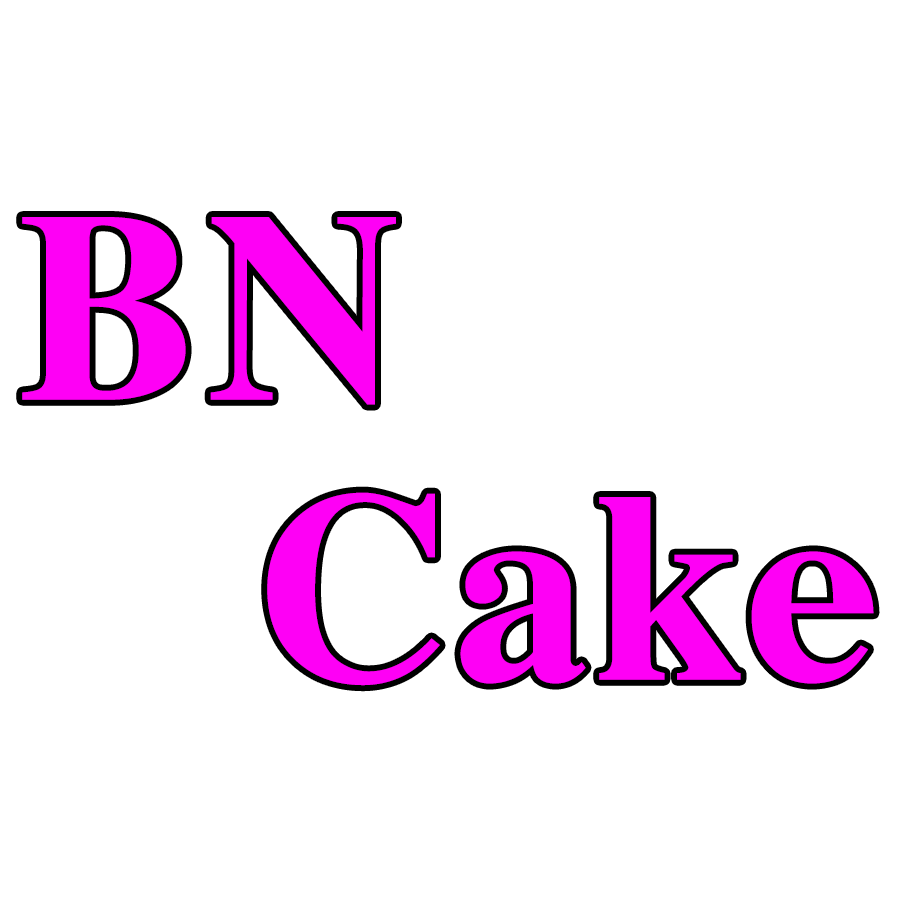

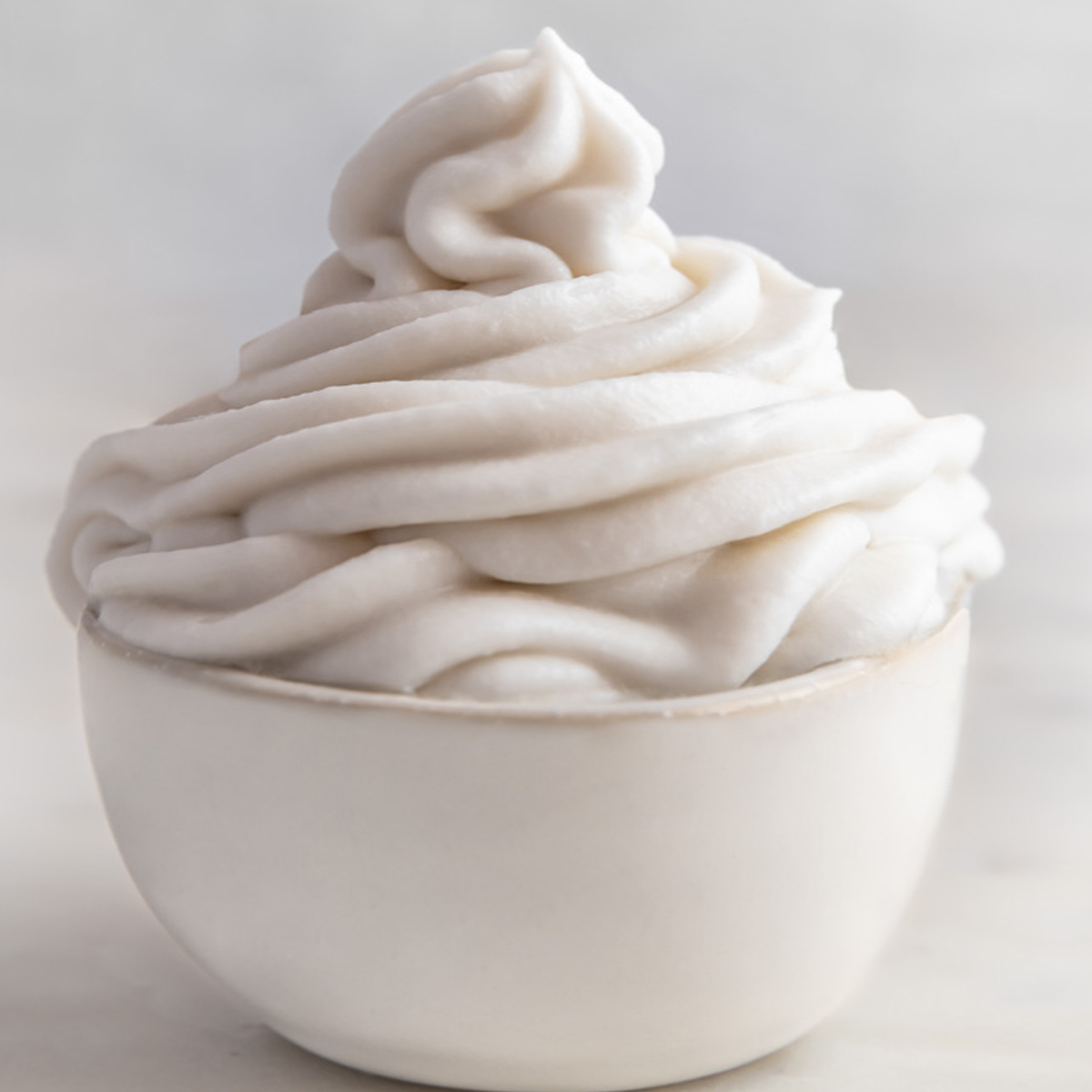
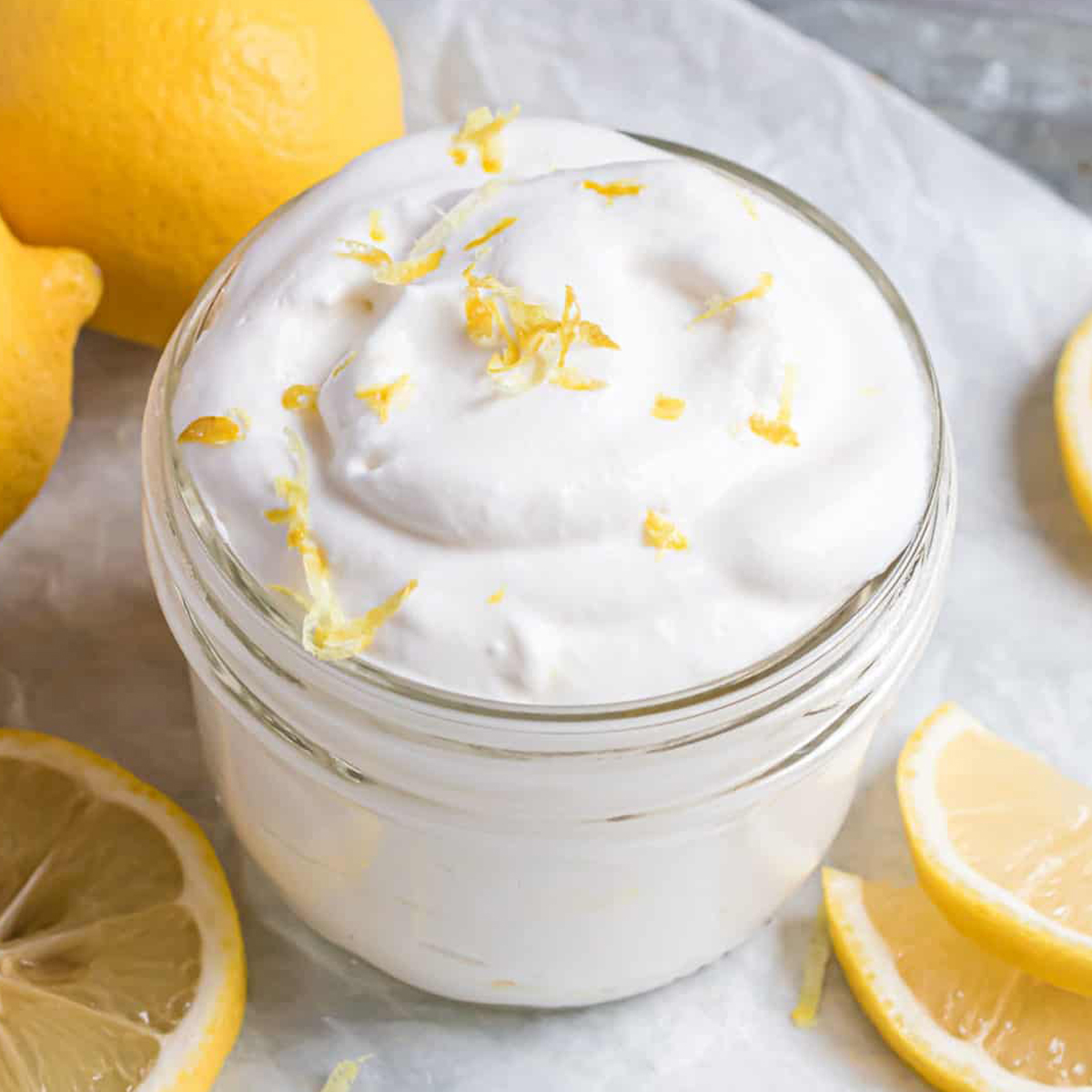
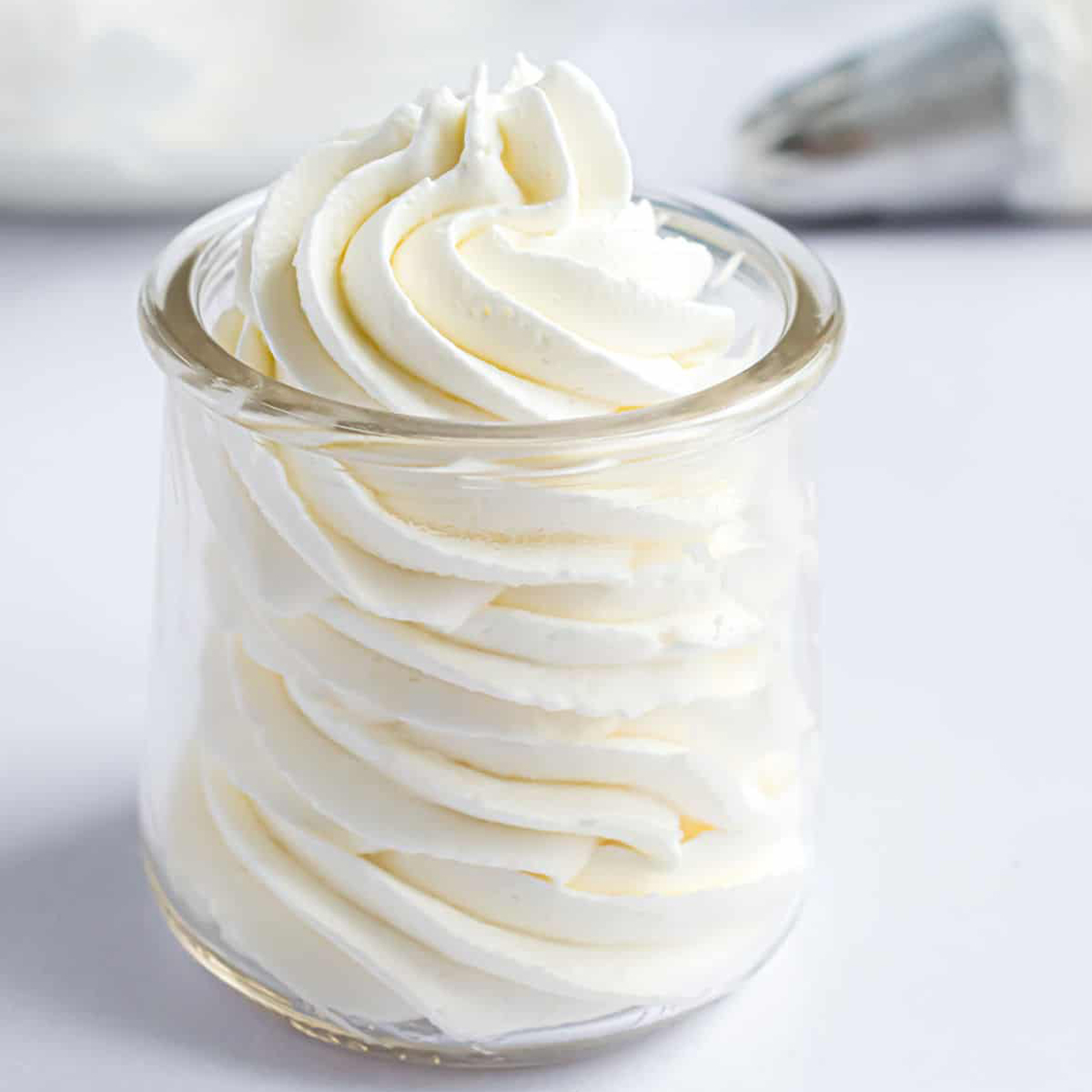
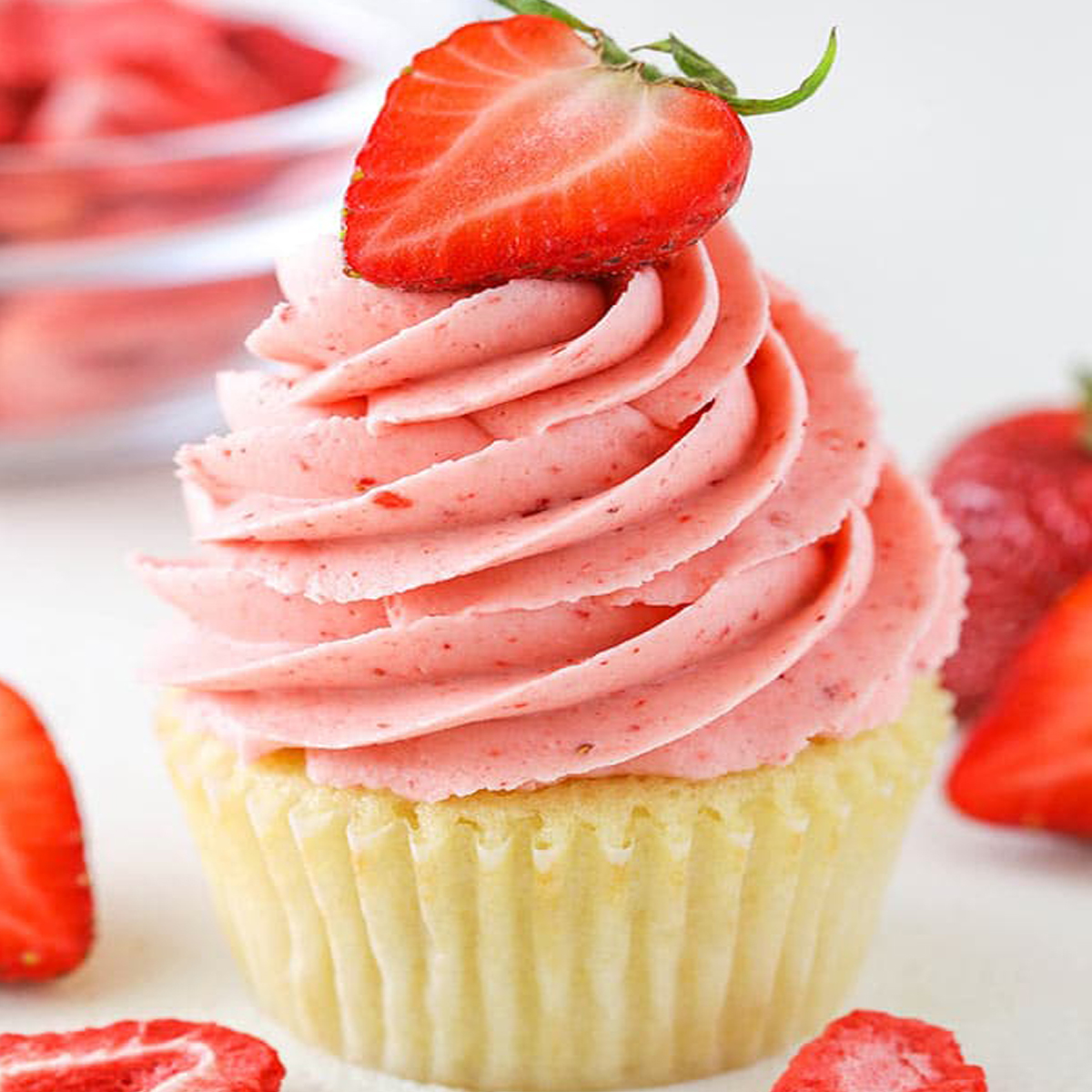

I didn’t receive the receipt to try so how can tell you anything about it